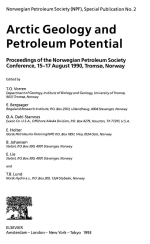Geocoding is the process of assigning a location, usually in the form of coordinate values, to an address by comparing the descriptive location elements in the address to those present in the reference material. Addresses come in many forms, ranging from the common address format of house number followed by the street name and succeeding information to other location descriptions such as postal zone or census tract. In essence, an address includes any type of information that distinguishes a place.
This chapter begins by illustrating many of the applications of geocoding.
Next, a brief overview of the tools and software available with ESRI® ArcGIS® is given. Finally, tips on applying these tools to the geocoding process will be presented. <...>













